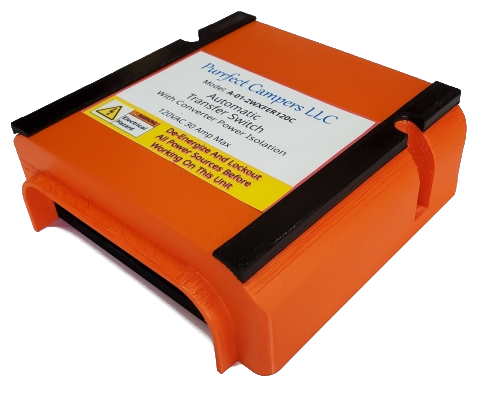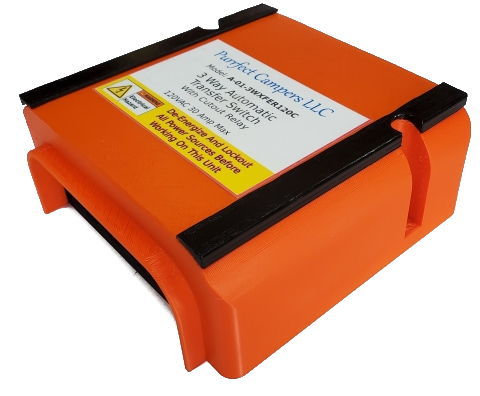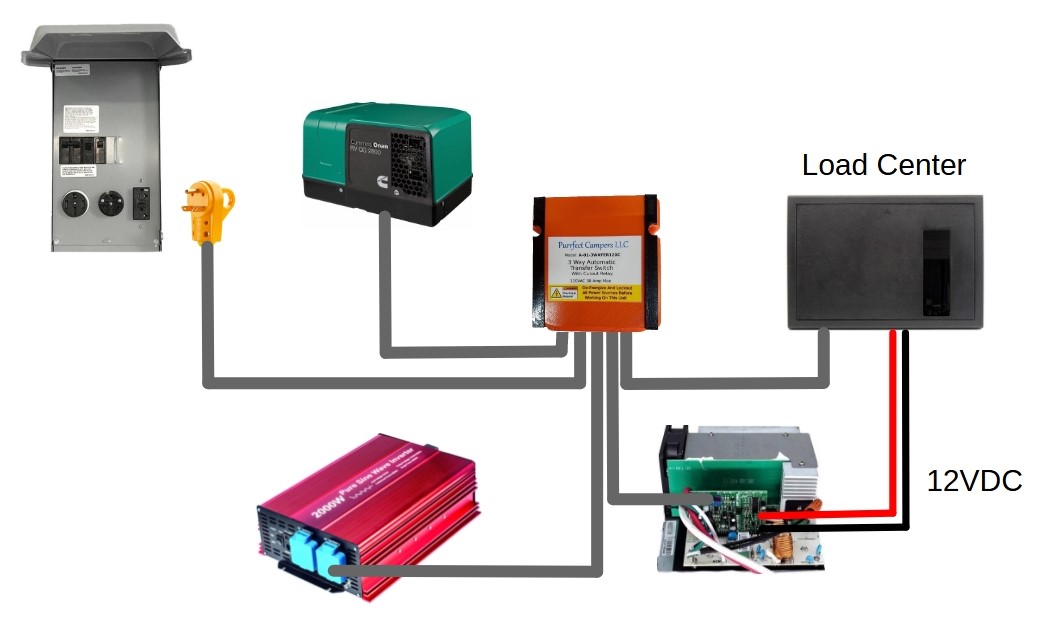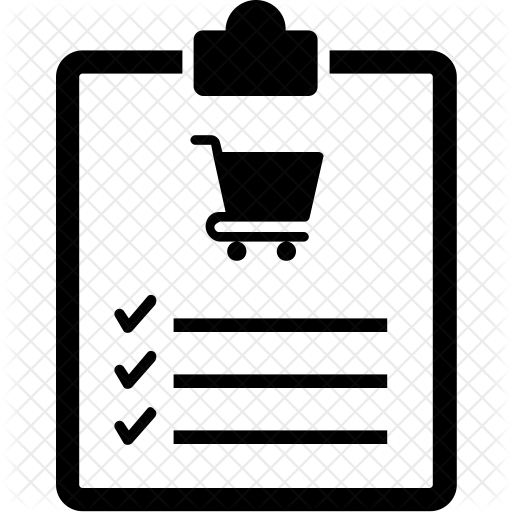|
When using an inverter without a built in transfer switch, we will likely need to install a transfer switch before the distribution panel. There is a large selection of transfer switches to choose from but there are a couple that I like to use due to the next issue I will discuss.
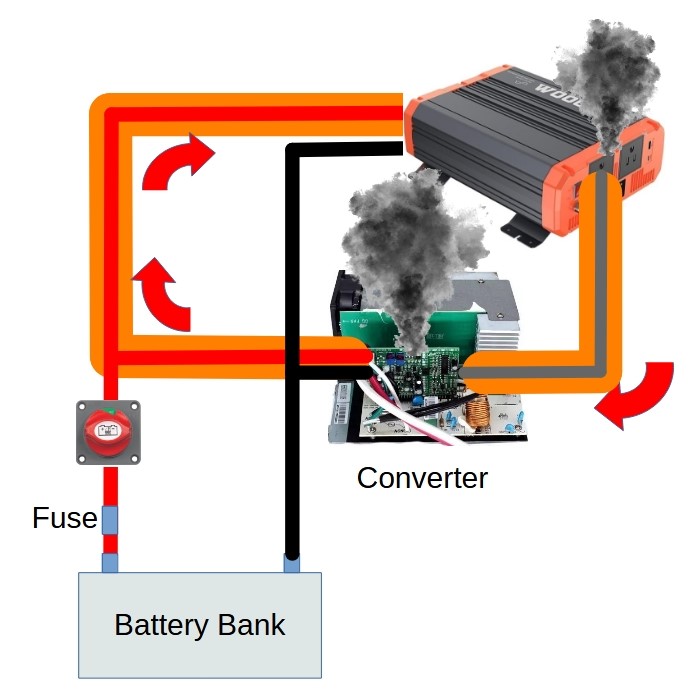 So when using an inverter, which will be feeding 120VAC to the distribution panel, we will be sending power to the converter which then converts the 120VAC to 12V. This will then be charging our battery bank at the same time we are drawing from it to feed the inverter. So when using an inverter, which will be feeding 120VAC to the distribution panel, we will be sending power to the converter which then converts the 120VAC to 12V. This will then be charging our battery bank at the same time we are drawing from it to feed the inverter.
Hey, we could be creating perpetual energy or sounds like we might be creating an overload condition that could smoke either the inverter, the 12V converter or both.
OK, thats not going to happen. But, since each conversion process is not 100% efficient, the situation will create an unnecessary load for our batteries by wasting energy in the form of heat. This simply means the charge on our battery bank will deplete faster. For this reason, we need to shut off the 12V converter when we are using the inverter.
Manually turning the 12V converter off when the inverter is running, presents some challenges. We might forget to turn the 12V converter off and will have a shorter run time from our battery bank. Or, we might forget to turn the 12V converter back on when connected back to shore power and won’t recharge our battery bank. Who wants that aggravation? So ideally, we want to automate control of the 12V converter. This can be managed using a converter cut-out relay.
|

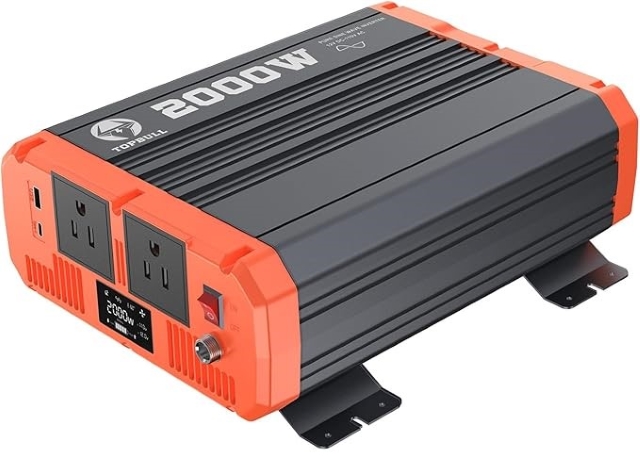 When adding an inverter into an existing RV, there are a few things to consider.
When adding an inverter into an existing RV, there are a few things to consider. 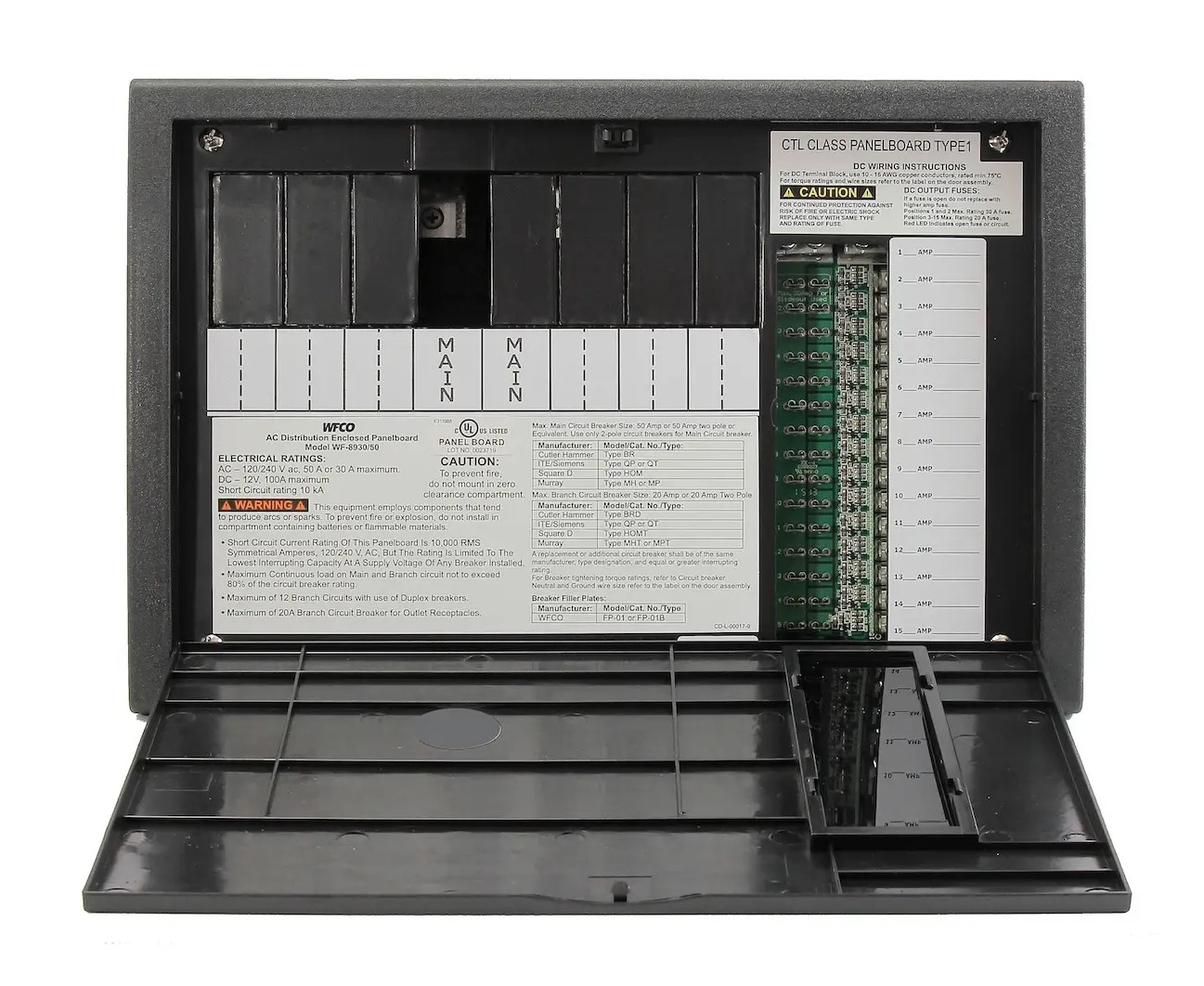 So we are going to look at a typical RV electrical system where we have shore power feeding a load center such as a WFCO distribution panel. Adding an inverter to the system will vary by inverter type.
So we are going to look at a typical RV electrical system where we have shore power feeding a load center such as a WFCO distribution panel. Adding an inverter to the system will vary by inverter type. 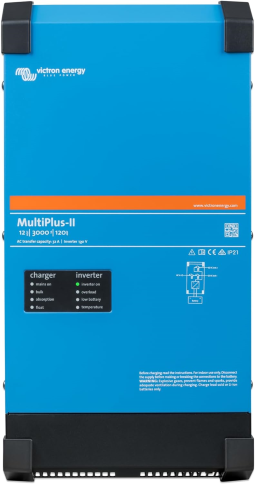 An ideal inverter would be one such as a Victron Multiplus which has transfer capability built into it as well as battery charging ability and many other features. But this option is a little too expensive for many budgets, so we will also cover using just a plain off the shelf inverter as well.
An ideal inverter would be one such as a Victron Multiplus which has transfer capability built into it as well as battery charging ability and many other features. But this option is a little too expensive for many budgets, so we will also cover using just a plain off the shelf inverter as well.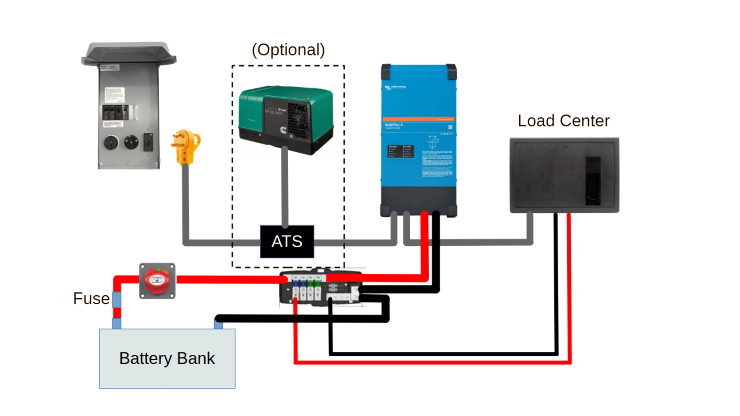
 So when using an inverter, which will be feeding 120VAC to the distribution panel, we will be sending power to the converter which then converts the 120VAC to 12V. This will then be charging our battery bank at the same time we are drawing from it to feed the inverter.
So when using an inverter, which will be feeding 120VAC to the distribution panel, we will be sending power to the converter which then converts the 120VAC to 12V. This will then be charging our battery bank at the same time we are drawing from it to feed the inverter. 